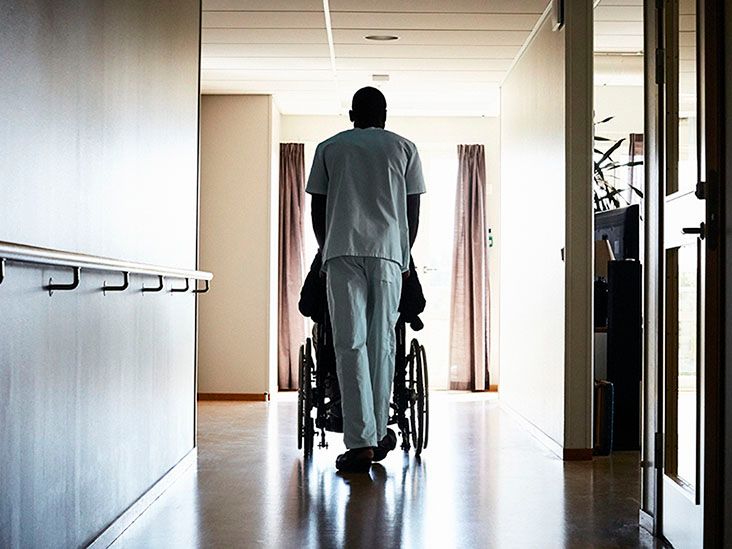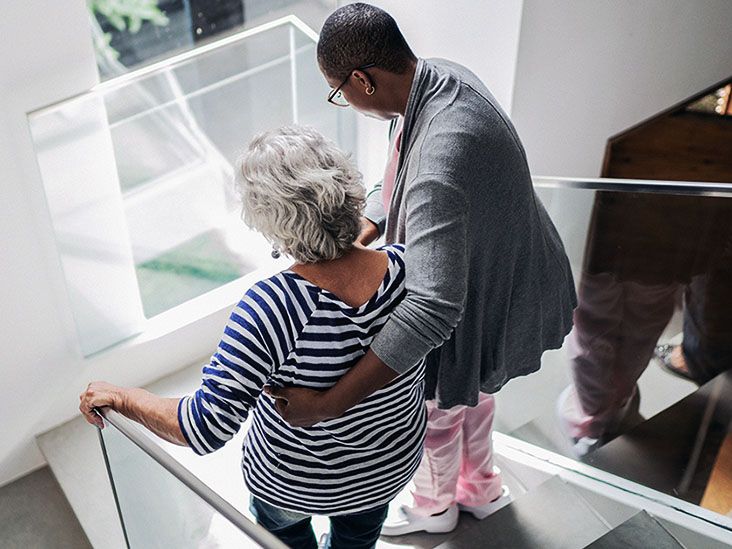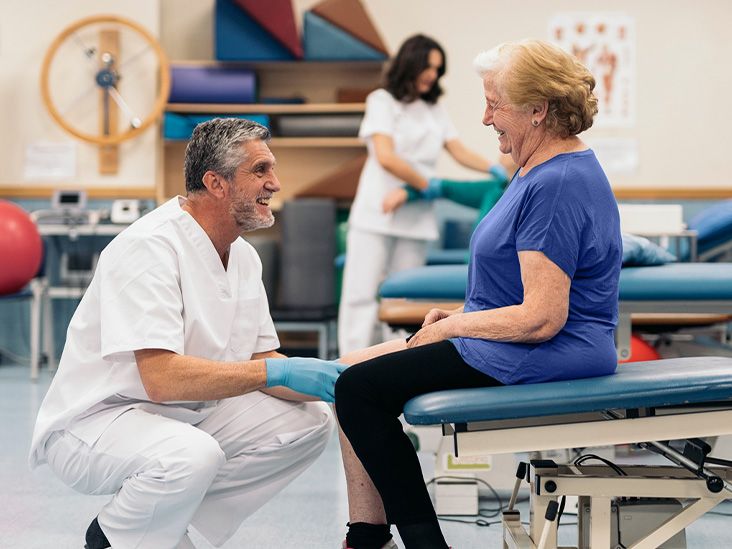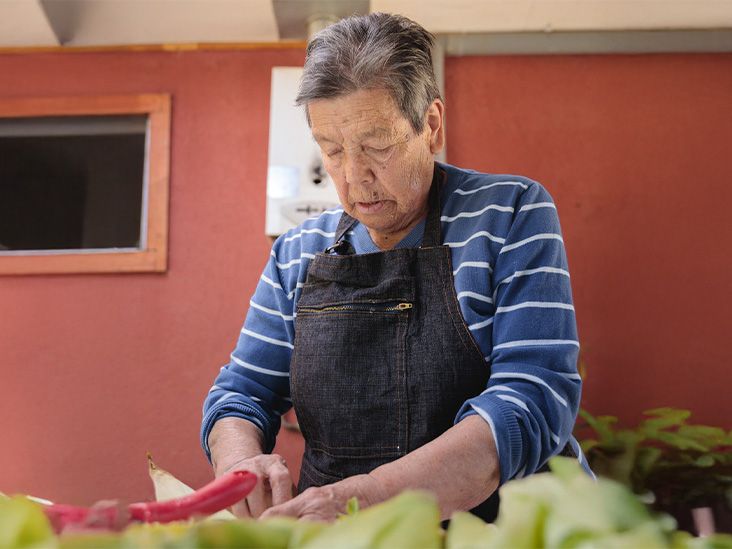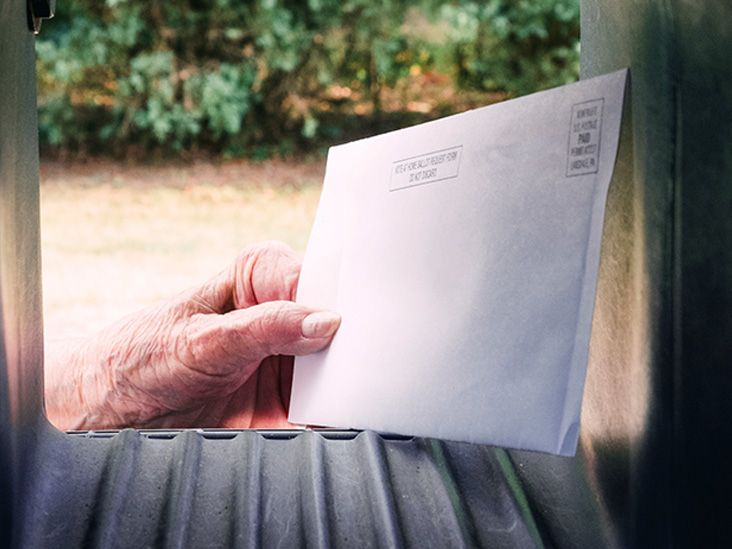Hey there, friend. Let's have a little chat about something that might surprise you your body's incredible ability to build muscle even after 60. I know what you're thinking. "Really? At my age?" Absolutely, yes. And I'm not just saying that to make you feel better. There's real science behind it, and more importantly, countless people just like you who've proven it's possible.
Picture this: Margaret from down the street started doing chair exercises three times a week when she turned 65. Within six months, she was carrying her groceries up two flights of stairs without getting winded. Her doctor couldn't believe the transformation in her bone density and muscle mass. Stories like Margaret's aren't fairy tales they're happening every day in communities just like yours.
Why Building Muscle After 60 Actually Matters
Let's talk about what happens to our bodies as we age. It's not a pretty picture, I'll admit. Starting around age 30, we begin losing muscle mass naturally a process called sarcopenia. By the time we hit 60, we might have lost 30% of our muscle strength without even realizing it. But here's the kicker it's not inevitable, and it's definitely not irreversible.
Think of your muscles like a garden. If you stop tending to it, weeds take over. But if you keep watering and nurturing those plants, they flourish. Your muscles work exactly the same way. The key is giving them the attention they deserve.
What happens if we just accept this muscle loss as "normal aging"? Well, falling becomes more dangerous. Simple tasks like getting up from a chair or carrying groceries become real challenges. Your energy levels drop, and suddenly you're avoiding activities you used to love.
But when you actively work on muscle development after 60, magic happens. Not just physically, but mentally too. People tell me they sleep better, feel more confident, and have this wonderful sense of accomplishment from taking control of their health. Plus, building muscle helps your body use insulin more effectively, which means better blood sugar control and reduced risk of diabetes.
Strength Training That Works for Seniors 60+
Okay, let's get practical. You don't need a fancy gym membership or expensive equipment to get started. Some of the most effective exercises can be done right in your living room with just a chair and maybe a resistance band or two.
Here's what I recommend for beginners:
Chair squats are brilliant because they mimic one of the most important daily movements standing up from sitting. Start by simply standing up and sitting down five times, using your arms for balance if needed. As you get stronger, try doing it without using your hands.
Wall push-ups give your chest, shoulders, and arms a great workout without putting stress on your joints. Stand arm's length from a wall, place your hands flat against it, and lower your chest toward the wall, then push back. Start with five and gradually increase.
Seated leg raises work your core and leg muscles beautifully. Sit tall in a chair, slowly lift one leg straight out in front of you, hold for a few seconds, then lower. Do ten on each side. Your glutes will thank you the next day!
Resistance bands are worth their weight in gold. They're affordable, take up no space, and can target every major muscle group. A study published in the Journal of Sports Medicine found that resistance band training significantly improved muscle strength in older adults over just 12 weeks.
For balance work, try heel-to-toe walking. Place one foot directly in front of the other, as if walking on a tightrope. Start by holding onto a wall for support, then gradually try it free-standing. This simple exercise can dramatically reduce your fall risk.
Here's a sample beginner routine you can do three times a week:
| Exercise | Sets | Reps |
|---|---|---|
| Chair squats | 2 | 8-12 |
| Wall push-ups | 2 | 8-10 |
| Seated leg raises (each leg) | 2 | 10 each |
| Resistance band rows | 2 | 10-12 |
| Heel-to-toe walk | 2 | 10 steps |
Now, I want to share something important there are common mistakes that can actually set you back. One big one is skipping warm-ups. Your muscles need to wake up gradually, just like the rest of you! Spend five minutes doing some gentle arm circles, ankle rolls, and neck stretches before diving in.
Another mistake? Pushing too hard too fast. I get it we want results yesterday. But your body needs time to adapt. Start with light resistance and shorter sessions. As Harvard Health notes, it's better to do a 15-minute workout consistently than a 45-minute session once and burn out.
And please, please don't ignore pain signals. There's a difference between the satisfying "working" feeling of exercise and actual pain. If something hurts, stop and reassess.
Before you start any new fitness routine, especially if you have any health concerns or haven't exercised in a while, it's wise to chat with your doctor. They can offer personalized advice based on your unique situation. Many Medicare plans even cover programs like SilverSneakers, which provide safe, senior-friendly exercise classes.
Nutrition That Fuels Your Muscle Journey
Here's something that might surprise you building muscle isn't just about exercise. What you eat plays an absolutely crucial role, especially as we age. After 60, your body becomes less efficient at using protein to build muscle. This means you actually need more protein than you did in your younger years.
Experts recommend 1.2 to 2 grams of protein per kilogram of body weight for seniors. That's about 68-113 grams per day for someone weighing 125 pounds. If math isn't your thing, think of it this way include a good source of protein at every meal and snack.
Some excellent protein sources for seniors include:
- Lean meats like chicken or turkey
- Eggs (especially the yolks they're packed with nutrients!)
- Greek yogurt or cottage cheese
- Beans and lentils
- Tofu or tempeh
- Nuts and seeds
Morning routine idea: Whip up a protein-packed smoothie with Greek yogurt, banana, berries, and a handful of spinach. It's delicious, nutritious, and gives you a great start to the day.
But here's the thing protein doesn't work alone. Your body needs fuel for those workouts, and that's where carbohydrates come in. Choose complex carbs like oats, sweet potatoes, and whole grains. They provide steady energy without the blood sugar spikes that can leave you crashing later.
Don't forget healthy fats either! They're essential for hormone production, joint health, and brain function. Think salmon, avocados, nuts, and olive oil. Norton Healthcare experts emphasize that combining nutrients like having protein with healthy fats can actually improve absorption and utilization.
About supplements they can be helpful, but they're exactly that supplements to a good diet, not replacements for it. If you're not getting enough protein from food alone, a quality protein powder might be worth considering. Vitamin D deficiency is surprisingly common in seniors and can contribute to muscle weakness, so talk to your doctor about testing your levels.
The key word here is balance. You don't need to become a nutrition expert overnight. Start by making small improvements swap white bread for whole grain, add an extra serving of vegetables, or include a protein source with every meal.
Lifestyle Habits That Supercharge Results
We can't talk about muscle development after 60 without mentioning sleep. It's during sleep that your body does most of its repair work. Think of it as your body's nightly construction crew they can't work properly if you're not giving them enough time and quiet.
Most adults need 7-9 hours of quality sleep. If you're waking up feeling tired despite getting enough hours, it might be time to look at your sleep habits. Keep your bedroom cool, limit screen time before bed, and try to go to sleep and wake up at consistent times.
Hydration is another often-overlooked factor. As we age, our sense of thirst diminishes, making it easy to become dehydrated without realizing it. Dehydration can sap your energy and make muscles feel tight and achy. Aim for 6-8 glasses of water daily. A simple way to check if you're hydrated? Look at your urine it should be pale yellow.
Here's something that doesn't get enough attention mental health plays a huge role in physical health. Motivation naturally fluctuates, and that's okay. There will be days when you don't feel like doing anything, and that's normal. The trick is having strategies for those days.
Set small, achievable goals. Instead of saying "I want to be stronger," try "I'll do my chair exercises three times this week." Celebrate these small wins they compound over time into significant changes.
Find your community. Whether it's a group class, a workout buddy, or even an online fitness group, having social connection makes everything more enjoyable. Research shows that people who exercise with others are more likely to stick with their routines long-term.
What Results Can You Really Expect?
Let's address some common myths about senior muscle building. "I'm too old" is one I hear often. Nonsense! A study from the American College of Sports Medicine showed that adults in their 90s can significantly increase their strength with appropriate training.
Another myth is that it takes years to see results. While you're not going to look like a bodybuilder overnight, most people start feeling stronger within 4-6 weeks. You might notice you can carry your groceries better, climb stairs more easily, or simply have more energy throughout the day.
And let's bust the fear that weightlifting causes injuries. When done properly with appropriate weights and good form, resistance training actually reduces injury risk by strengthening bones and improving balance.
According to the Centers for Disease Control and Prevention, older adults who engage in regular strength training can expect to see improvements in muscle mass, bone density, and functional ability within just a few months of consistent exercise.
What should you look for as signs of progress?
- Better posture and less back pain
- Increased stamina for daily activities
- Easier time with tasks that used to be challenging
- Improved sleep quality
- Greater confidence in your physical abilities
Tracking your journey can be incredibly motivating. Take weekly photos, keep a simple journal of how exercises feel, or use a fitness app to track reps and weights. Sometimes progress is so gradual we don't notice it day to day, but looking back after a month or two can be eye-opening.
Your Journey Starts Today
Here's what I want you to remember: muscle development after 60 isn't about turning back the clock or achieving perfection. It's about giving your body the best chance at maintaining strength, independence, and vitality for the years ahead.
You don't have to become a gym fanatic or follow a strict diet to make meaningful changes. Small, consistent actions compound over time. That chair squat you do three times a week. That extra protein you add to your breakfast. That extra glass of water you remember to drink.
Imagine being able to play with your grandchildren without getting exhausted, or taking that weekend hike you've been putting off, or simply having the energy to tackle your day with enthusiasm. That's what's possible when you invest in your muscle health.
So what do you say? Are you ready to show your body what it's truly capable of? Start small today maybe try those chair squats while watching the evening news, or add an extra protein source to tomorrow's breakfast. Every positive choice counts.
Your future self the one who's climbing stairs effortlessly, carrying groceries with ease, and feeling strong and confident is counting on the decisions you make today. And honestly, there's nothing quite like the feeling of taking control of your health and proving to yourself that age is just a number.
You've got this. I believe in you, and so does your amazing body. It's never too late to start.
FAQs
Can I really build muscle after 60?
Yes, building muscle after 60 is not only possible but highly beneficial. With consistent strength training and proper nutrition, seniors can increase muscle mass and strength at any age.
What are the best exercises for muscle development after 60?
Chair squats, wall push-ups, seated leg raises, and resistance band workouts are excellent beginner-friendly exercises that help build strength without straining joints.
How often should seniors work out to build muscle?
Seniors should aim for at least two to three strength training sessions per week, allowing rest days in between to support muscle recovery and growth.
What role does protein play in muscle development after 60?
Protein is essential for muscle repair and growth. Older adults require more protein than younger adults—about 1.2 to 2 grams per kilogram of body weight daily.
Is it safe for seniors to start lifting weights?
Yes, when done correctly with light weights and proper form, weight lifting is safe and effective for seniors. It also helps improve bone density and balance.
Disclaimer: This article is for informational purposes only and does not constitute medical advice. Always consult with a healthcare professional before starting any new treatment regimen.
Related Coverage
Find out exactly what Medicare respite care covers, who qualifies, costs, and step‑by‑step ways to arrange it for your loved one....
Aging brings gradual physical and cellular changes starting in youth and accelerating in midlife. But lifestyle choices impact quality of life and longevity....
Learn the true average cost of fresh produce compared to other groceries. Discover budget-friendly ways to get the recommended daily amounts of fruits and vegetables....
Coping with retinol irritation like burning, redness, dryness? Learn how long symptoms last, when to worry, and get aftercare tips to heal skin post inflammation....
Medicare convalescent care covers up to 100 days in a skilled nursing facility. Know the rules, costs, and how to maximize your benefits....
Compare FFS and PFFS Medicare options to choose the best coverage for your healthcare needs and budget....
Boost your energy as you age with smart nutrition choices. Find out how diet impacts fatigue and what foods help maintain stamina....
Don't face unexpected costs. Know how the Medicare Part A penalty works and how to avoid paying more for your coverage....
Find the right Medicare in Texas with our guide to coverage options, plans, and enrollment tips for Texans....
Check 2025 Medicare Medicaid income limits and see if you qualify for dual eligibility. Find programs like QMB, SLMB, and more....
